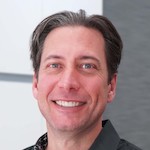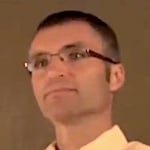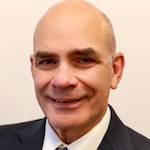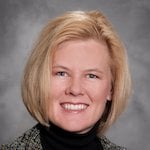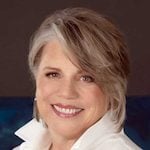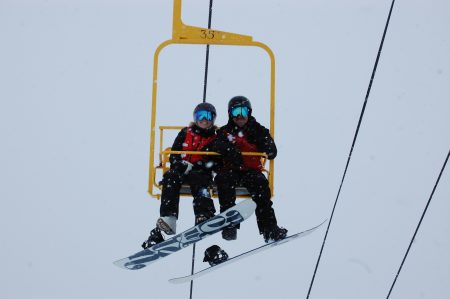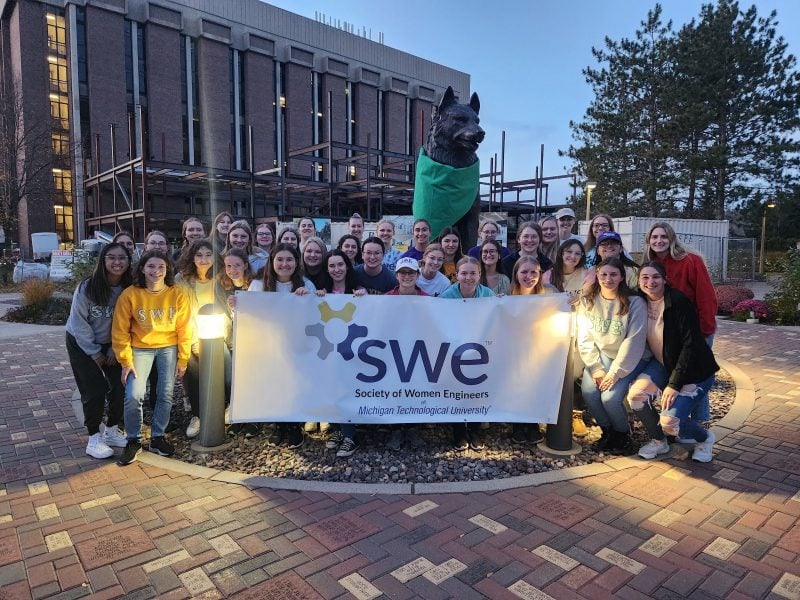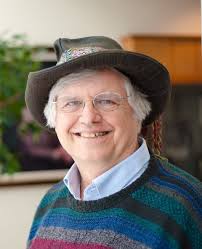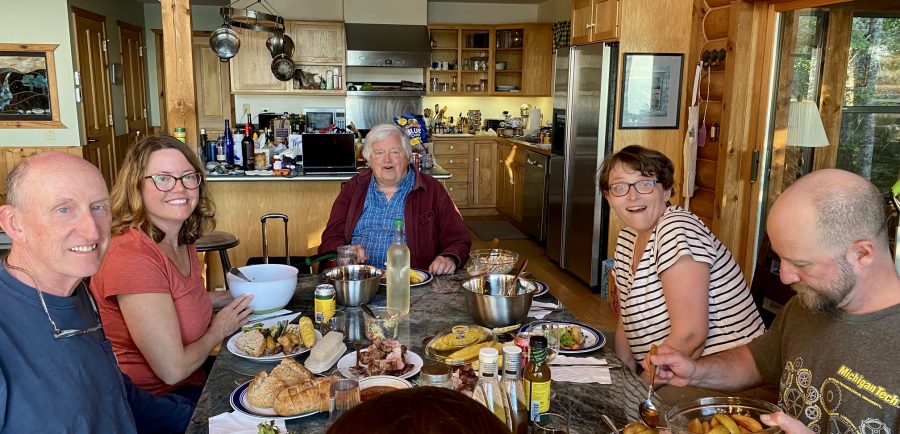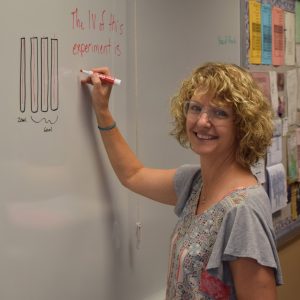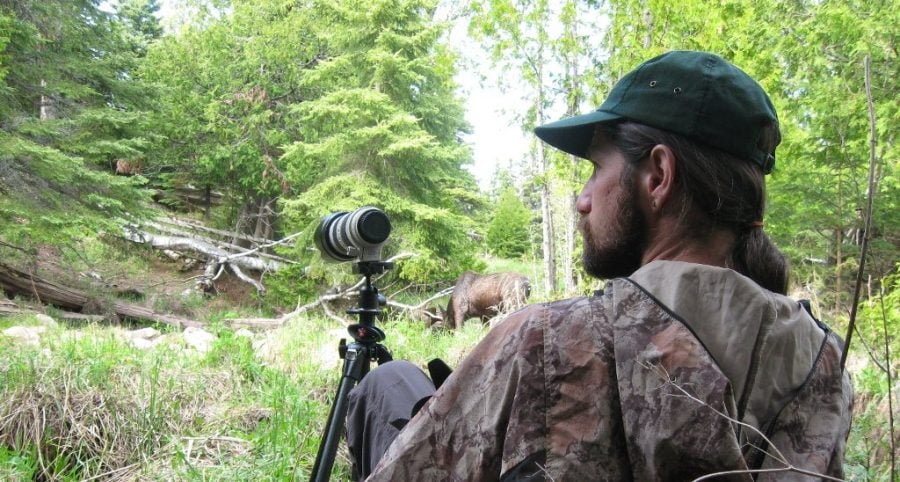

Are you coming to the Michigan Tech campus for Winter Carnival? Take a break from viewing the statues on Thursday, February 9 from 3-5 pm to enjoy a beverage and some snacks!
Join Dean Janet Callahan, the College of Engineering department chairs, and fellow Michigan Tech engineering alumni for a social at the Dog House in downtown Houghton (aka Armando’s, at 517 Shelden Avenue). You’ll also have a chance to learn more about how to support the college during Give Back to the Pack, Michigan Tech’s 48-hour giving challenge.
Anyone who donates $100 or more to the College of Engineering or any of its departments during the social will get a College of Engineering t-shirt.
Want to see all the College of Engineering giving challenges thus far? Here’s a link: https://www.mtu.edu/engineering/giving-day
And for complete information, go to https://www.giveback.mtu.edu




















